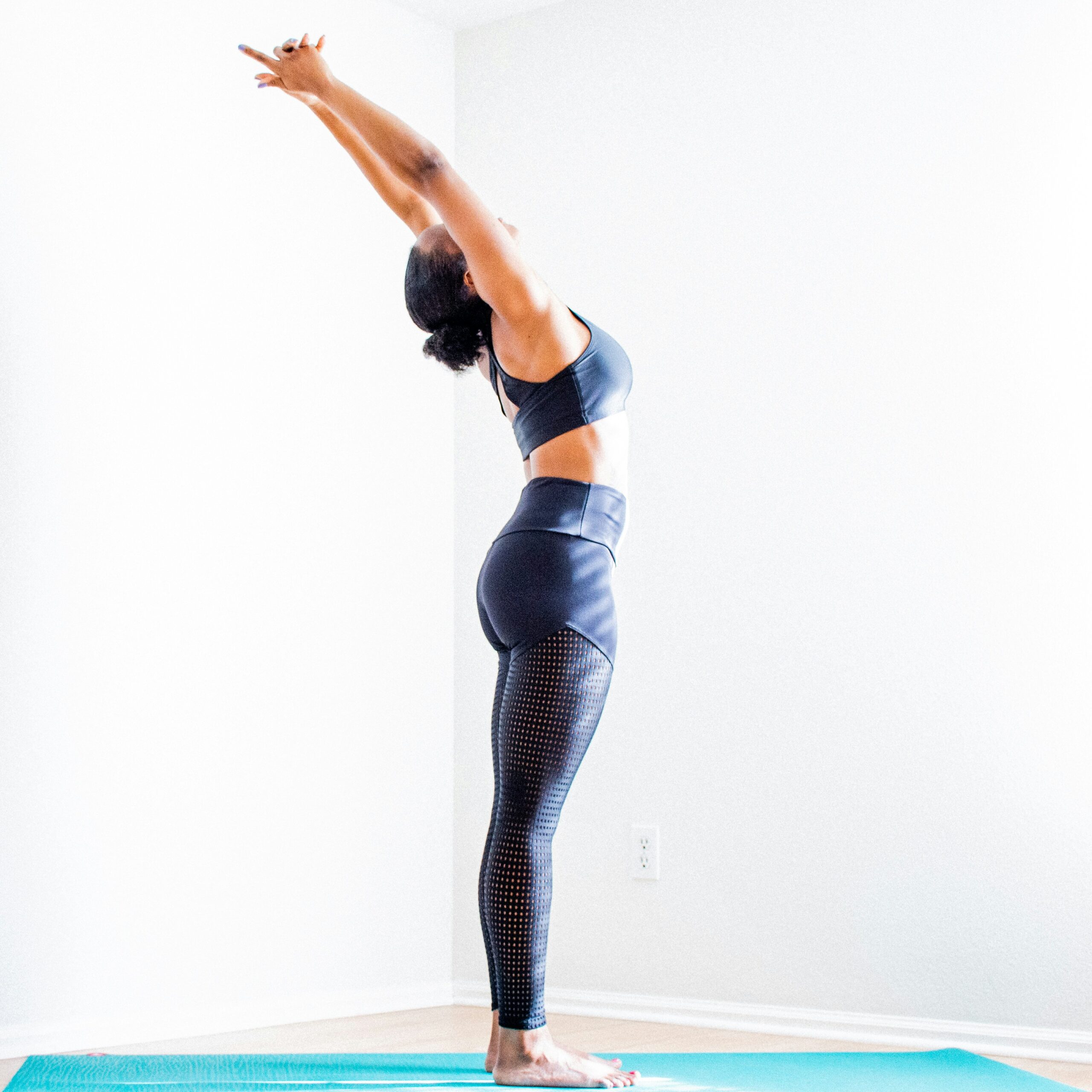During this efficient outpatient procedure, advanced imaging technology precisely guides the injection into the damaged joint tissue.
Steroid Injections
What are Steroid Injections?
Steroid injections administer corticosteroid medication into an injured or strained joint to reduce inflammation, swelling, and pain.
Common Conditions
Pain may be caused by: osteoarthritis, sciatica
Pain may be caused by: osteoarthritis, bursitis (inflammation of fluid-filled joint pads), labral tears (injured cartilage around the joint), tendinitis (inflammation of the tendons that attach to the joint), rotator cuff tear
Pain may be caused by: osteoarthritis, bursitis (inflammation of fluid-filled joint pads), labral tears (injured cartilage around the joint), tendinitis (inflammation of the tendons that attach to the joint), meniscal tear, ACL tear, ligament tear
Pain may be caused by:Arthritis, bursitis, tear, tendonitis
Pain may be caused by: osteoarthritis, bursitis (inflammation of fluid-filled joint pads), labral tears (injured cartilage around the joint)
Pain may be caused by: osteoarthritis, injury
Pain may be caused by: Arthritis, bursitis, tear, tendonitis
Pain may be caused by: carpal tunnel, Arthritis, bursitis, tear, tendonitis
Can a steroid injection for pain help you feel and move better? Find out today.

The Benefits of Steroid Injections for Pain
- Minimally invasive
- Reduced Pain
- Improved Mobility

Steroid injections are efficient outpatient procedures. Advanced imaging technology is used to ensure precision and minimize risk of complications.

Corticosteroids suppress the inflammatory response around the injury site. Diminishing inflammation around the damaged tissue reduces pain and promotes healing.

Steroid injections may help to improve range of motion and overall joint function.
What to Expect
During Treatment
After Treatment
You may experience some soreness around the injection site up to 48 hours following your procedure.

Find out if a joint steroid injection can help you.
Related Blogs
Common Questions
Are there any risks associated with joint steroid injections?
The risk of adverse side effects is low. However, some patients do experience: temporary bruising, swelling, pain around the injection site, temporary blood sugar increase, temporary facial flushing, tendon weakening.
How quickly will my pain/mobility improve?
Mobility improvement timelines vary by patient. On average, patients feel improvement between 3-5 days following the procedure. But some patients do not feel the full effects of improvement for 10 days.
If the steroid wears off, can I receive a follow-up injection?
You may receive a follow-up injection if the effects wear off. However, doctors typically limit the number of injections in one area to a maximum of four times a year. Your doctor will evaluate whether a follow-up injection is the best option based on their examination of your progress.
How long will a steroid injection provide pain relief?
The duration of pain relief may vary from patient to patient. Some patients experience several months of significant pain relief from one injection.

